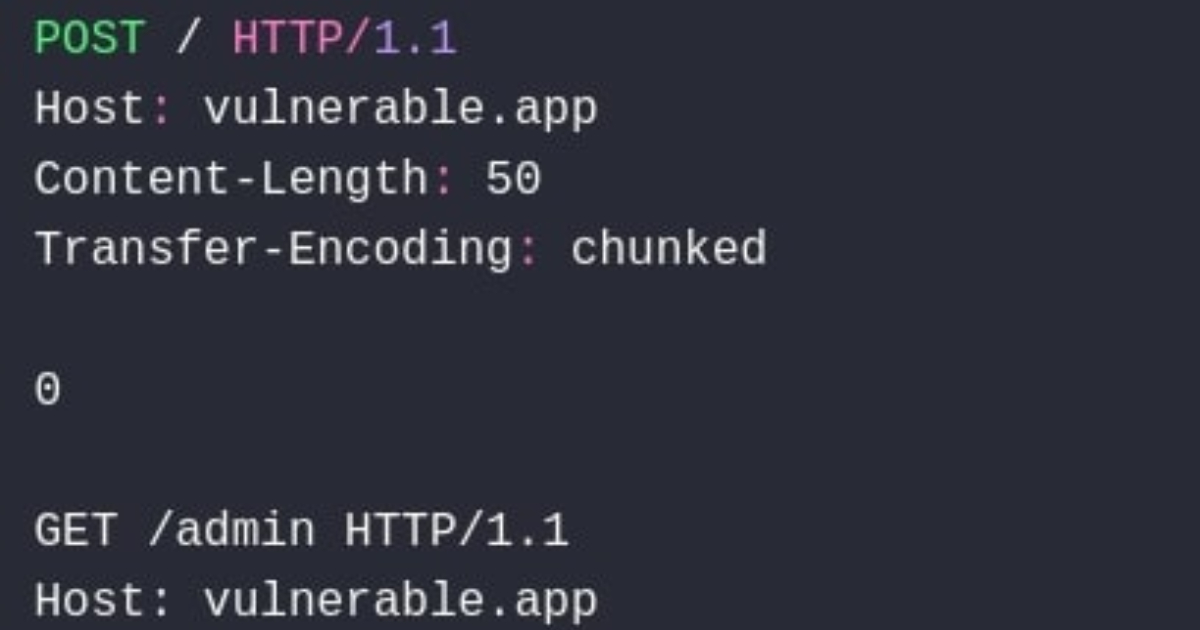When you buy through links on our articles, Future and its syndication partners may earn a commission.
Credit: Hyperdub/Future Publishing
We’ve been very guilty of regularly pointing our readers towards the latest technology, gear, software and DAWs over the years, but in reality, we fully understand that parting with your hard-earned cash and filling out your home studio with the most modern tech can be quite an intimidating prospect.
Beyond the purely economical hurdles, there’s also the time-devouring learning curve that can be a deterrent to expanding your toolkit.
But with that reluctance to upgrade can come a gnawing feeling. It’s the feeling that somehow, the (obviously, exceptional) music you have inside yourself is being held back, and investing in more serious gear is what you really need to aim for, before you can actually realise your ambitions.
However, if you scan the history of recorded music, it’s clear that the effectiveness of a song or track typically comes from something much deeper than how high-fidelity the sound of the recording is, or the studio arsenal of its maker.
Sonic limitations, deadlines and technical restrictions have frequently been essential for pushing some of music’s most pioneering figures into new, astonishing territory.
A regularly-cited example of someone who made remarkable work using the most minimal of tools is the influential and enigmatic Burial.
Self-limiting himself to just one piece of basic audio editing software – and a computer that could barely muster the processing power to run it – Burial (real name William Emmanuel Bevan) unlocked the vibe-soaked, irresistible atmospheres of his seminal second album Untrue.
“I wish sometimes that I’d gone to college to learn music production, but other times I’m like ‘no, f**k, I’m happy I didn’t’”, he admitted to The Wire.

Untrue’s music was dense and emotionally-charged – amazingly it was built using rudimentary audio editing software | Credit: Hyperdub
Gaining traction on the back of his intriguing 2005 EP, South London Boroughs (the first release on iconic Kode9-ran label Hyperdub), and his impactful self-titled debut released later that year, it was Untrue, the moody 2007 follow-up, that established Burial as one of electronic music’s most compelling figures.
Melding disparate shades of proto-dubstep, skittering beats, found sound, cavernous reverb and trip-hop-esque downtempo, Burial’s sonic universe burrowed into the aural language of loneliness – eliciting visions of cold and unfeeling city streets and looming, liminal environments. It was a prime example of the ‘hauntology’ aesthetic (a term that has also ascribed to the exemplary Boards of Canada).
Held in supremely high regard for its nuance and thoughtful deployment of texture and sound, it’s truly staggering to learn that the whole record was meticulously built within early audio editing software Sound Forge. This legacy waveform editor was incredibly basic in comparison to its more advanced, music production-angled successors.
First launched by Sonic Foundry in 1993, the software was eventually sold to Sony in 2003. It was this later Sony-branded version that Bevan used to craft Untrue’s musical universe.
Pressure to learn more about some more high-end music production kit by his industry peers only served to drive the 27 year-old William more tightly into Sound Forge’s comforting arms.
“I thought to myself f**k it, I’m going to stick to this shitty little computer program, Soundforge (sic),” Burial said in a Q&A around Untrue’s release. “I don’t know any other programs. Once I change something, I can never un-change it. I can only see the waves. So I know when I’m happy with my drums because they look like a nice fishbone. When they look just skeletal as f**k in front of me, and so I know they’ll sound good.”
Essentially a single-track, waveform-based digital audio editor, Sound Forge regarded each individual stereo or mono audio file as its own project – but allowed for deep waveform tweaking, stretching and pitch-shifting for each of Burial’s samples or recorded starting points.
However, as Burial indicated, these changes were often destructive and couldn’t be quickly undone (as is the norm in most modern audio software).

A Mac OS version of Sound Forge from a few years after the making of Untrue (It’s hard to pinpoint the exact version that was used) | Credit: Future
Burial would build up an entire track’s project as effectively one large waveform – throwing additional elements into the main project window, these were timed by ear as opposed to relying on a click or grid.
Making an album with Sound Forge was, therefore, painstaking, laborious work – and Burial would spend long nights carefully sequencing his sounds by-ear to get them sounding how he wanted them. Typically soaking his sounds in Sound Forge’s in-built reverb effect, Burial’s approach had no road-map, and he’d often have to ‘feel-out’ the direction of travel towards completing each track.
Any dead space would typically be filled by vinyl and tape crackle or smeared, ambient textures. “Everyone goes on about vinyl crackle, but I love tape crackle, that’s a beautiful sound,” Burial told The Guardian. “I just like tunes to be as atmospheric as f**k, I don’t like that clean sound. I don’t see the point of that clean sound, it’s so neutral.”
In his bag of collected sounds were, notably, samples cribbed from PlayStation game Metal Gear Solid’s sound effects (in particular, bullet casings dropping on the ground) and sound effect extracts from films. These were then wrangled to taste in Sound Forge.
The project was clearly audacious. Why then, did he stubbornly rely on this, rather basic, audio editing tool as opposed to a more professional-sounding DAW or traditional sequencer?
“I admire people who understand complicated programs or whatever,” Burial explained to Kode9. “But I’m not that into tunes that are so sequenced that all you can hear is the perfect grid, even on the echoes. With those kind of tunes, sometimes I just hear Tetris music.”
Fuelled by the wooden floorboard-like sound of its dust-covered, skittering drums, and swamped by ghostly interwoven vocal samples, desperately grappling for the track’s faltering central melody, Untrue’s most celebrated track, Archangel, exemplified his entirely feel-based methodology perfectly.
This was abstract, yet hugely affecting music that demanded that listeners unshackle their preconceptions and wallow in its shifting textures, which eventually open up into a more spacious plane.
The interplay between the spectral, often eerie vocals and its un-synchronised, organic beats were an essential artistic consideration.
“Mates laugh at me because I like whale songs but I love ‘em,” Burial told The Wire. “I like vocals to be like that, like a night cry, an angel animal. Old hardcore tunes would throw these sounds in, anything to create the rush, descent into another world. So I had to do that, but have cut-up vocals and have that slinky bumping feel to it, and not get weighed down in big drums and the big snares.”
Conceived in just 20 minutes, Archangel was perhaps the most purposeful attempt to subvert that external pressure to strive toward perfection.
As recounted in Mark Fisher’s Ghosts Of My Life, Burial stated, “I was worrying. I’d made all these dark tunes and I played them to my mum and she didn’t like them. I was going to give up, but she was sweet, telling me ‘Just do a tune, f**k everyone off, don’t worry about it.’ My dog died and I was totally gutted about that. She was just like ‘Make a tune, cheer up, stay up late, make a cup of tea’, And I rang her mobile just 20 minutes later and I’d made (Archangel). I was like, ‘I’ve made the tune, the tune you told me to make.’”
Beyond Archangel, Untrue’s most soul-touching moments – the pained regret of the pressure-driven Near Dark, the near-tangible world-building of the ethereal In McDonalds, and the divine bittersweet conclusion of Shell of Light – would undoubtedly sound wholly different had Burial strove for ‘perfection’.
Burial rejected smooth, quantised and edgeless production for an ethos that was unrefined, but purer.
The basic functionality of Sound Forge was, therefore, the perfect tool for the project.
Beats and grooves were, delightfully, off-grid. “Because I don’t have a sequencer I can’t really mess around. I can’t noodle, at all,” Burial said in a Q&A around Untrue’s release.
“I got to shove it together and vibe off it. I make the tune, f**king quick. Not a single tune on my album took more than a few days to make. They come together real quick and then I spend some time on the details so they’re alright to listen to.”
As Sound Forge wasn’t a traditional DAW as such – and samples weren’t as widely available as they are in today’s marketplace – Burial fashioned many of the source sounds for his beats from an plethora of self-recorded thwangs, hits, clanks and impacts from surfaces and textures around his own home.
Burial then processed these recorded sounds in Sound Forge, emphasising their rhythmic potential and shaping them into forms that at least partially resembled real kits.
The distinctive flavour of these insistent rhythms, therefore, would sound wholly different if created using loops, a sequencer or a more advanced DAW.
“The drums are more about trying to thread sounds and vocals together, they flicker across the surface of the tune,” Burial explained to The Wire. “It circles around you, its not just chopping you up, its not about the sounds being big.”
Entirely comfortable with his particularly modest set-up, Burial’s most pressing consideration when readying himself to produce music was getting himself in the psychological headspace to transition into a creative flow state.
This was typically at night.
“I would literally sit around waiting for night to fall. I don’t want to be a wall-starer, y’know staring at walls, but I would be waiting for night-time, thinking ‘I really want to make some good tunes tonight,’” Burial told The Guardian.
“Or I would go out walking, wait for it to get dark, and then I’d go back… I love that feeling when you know that almost everyone in the city is asleep. That’s got to be the only time to work.”
But this wasn’t the sort of work that was undertook with headphones clamped to Burial’s head, or within a heavily-treated home studio either. Burial had to live within the vibe he sought to reflect in his music.
“The tunes are made where they’re made, somewhere in my building, the roof or wherever, but not in some airtight studio. Loads of the album was made with the TV on,” he told Kode9.
Burial embraced the shoddiness of his set-up, making the imperfections a driving force. “I wanted to do a tribute to my rubbish, dying computer. It starts smoking sometimes and the screen flickers like a strobe-light, it mashes your eyes,” he told Kode9
Now regarded as a modern masterpiece, Untrue’s idiosyncratic production story only heightens our appreciation for it.
Infamously low-profile, Burial remains a mysterious figure. But, never performing live and rarely giving interviews hasn’t stopped his influence permeating the electronic music world.
The chief learn to take from the story of Untrue, is that the ‘best’ tech for making music at any one time is often not necessarily the best choice for any singular working creative. The unique characteristics of the music that the artist wants to make should inform the tools that are then reached-for to make it – and not the other way around.
Often, ignoring the majority, and getting immersed deeply in making the music you want to make can stop any second guessing, or spending hours learning to do things the ‘right’ way. Instead, you can focus purely on conjuring pure magic, as Burial did.
“It’s almost like I’m trying to make that imperfect record, before I learn how to go away and do it properly,” Burial told The Guardian following the record’s release. “I want to make these more DIY tracks. I was never really expecting so many people to hear my record.”











